Home>Garden Essentials>How To Grow Bamboo Seeds
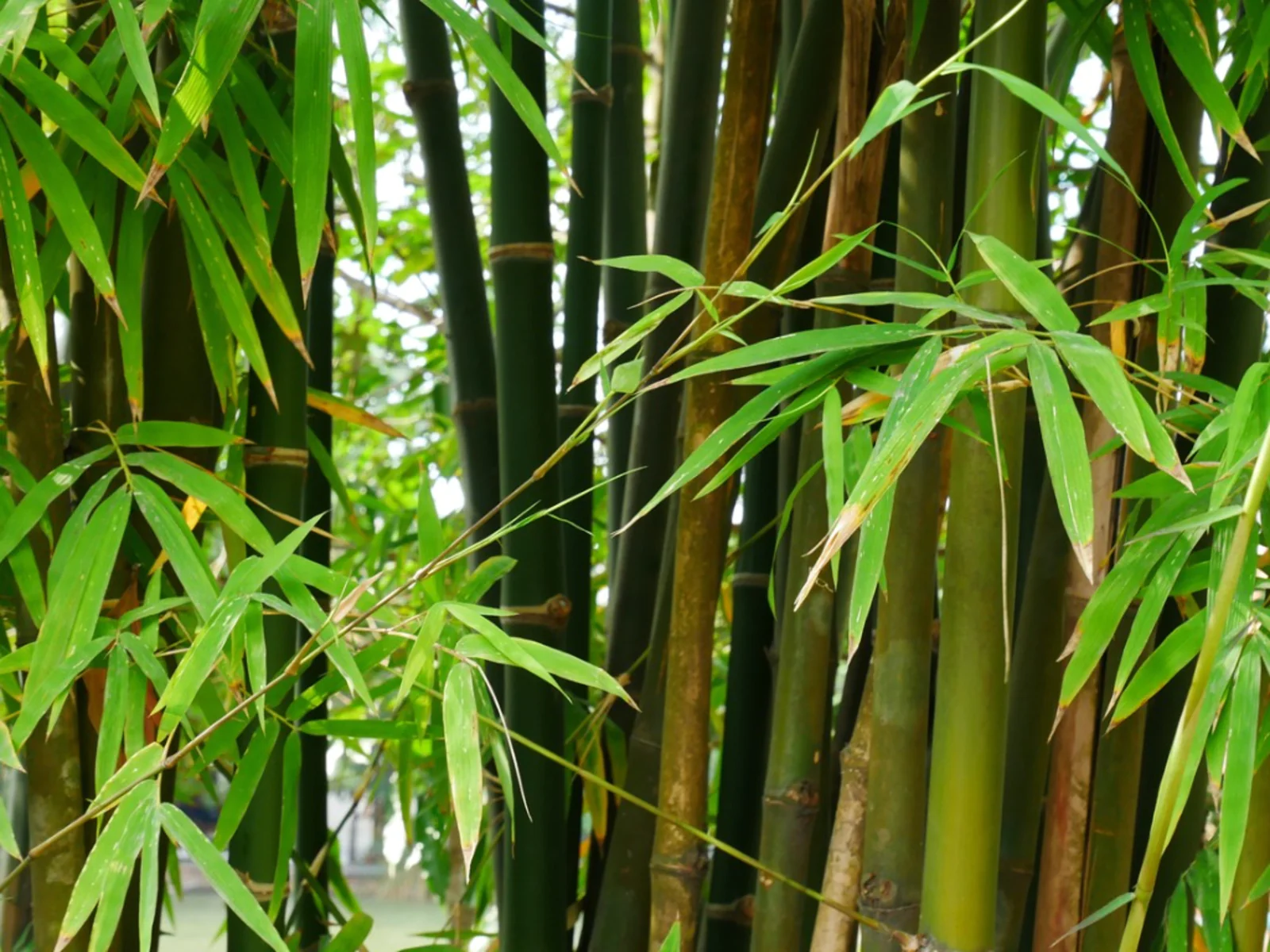

Garden Essentials
How To Grow Bamboo Seeds
Modified: March 24, 2024
Learn how to grow bamboo seeds in your garden and create a lush and exotic green space. Discover the secrets to successful bamboo cultivation for a vibrant and thriving garden.
(Many of the links in this article redirect to a specific reviewed product. Your purchase of these products through affiliate links helps to generate commission for Storables.com, at no extra cost. Learn more)
Introduction
Welcome to the world of bamboo gardening! Growing bamboo from seeds can be a rewarding and fulfilling experience. Whether you have a vast garden or a small balcony, bamboo plants can add a touch of elegance and tranquility to your outdoor space.
Bamboo is a versatile plant known for its rapid growth and resilience. It comes in various species, providing options for both ornamental and practical purposes. From creating a serene privacy screen to adding a unique touch to your landscape, bamboo can be a fantastic addition to your garden.
In this article, we will guide you through the process of growing bamboo from seeds, step by step. We will cover everything from selecting the right seeds to caring for your plants until they are ready to harvest. So, let’s dive in and discover how to bring the beauty of bamboo to your garden!
Key Takeaways:
- Growing bamboo from seeds requires selecting the right species, preparing the planting area with proper sunlight and soil, and germinating the seeds with care. Patience and attention to detail are essential for successful bamboo gardening.
- Caring for bamboo plants involves regular watering, fertilizing, and monitoring for pests and diseases. Proper pruning and maintenance are crucial for vibrant and healthy bamboo growth. Remember to harvest mature culms with respect for the plant’s growth cycle.
Selecting Bamboo Seeds
Choosing the right bamboo seeds is crucial to ensure a successful gardening experience. Here are a few factors to consider when selecting bamboo seeds:
- Species: Bamboo comes in various species, each with its own characteristics and growth habits. Consider the purpose of growing bamboo in your garden. Do you want it for its ornamental value or for its utility? Some popular bamboo species include Phyllostachys, Bambusa, and Fargesia. Research the different species and choose the one that aligns with your preferences.
- Climate Compatibility: Bamboo is adaptable to different climates, but some species thrive better in specific conditions. Familiarize yourself with the climate requirements of the bamboo species you are interested in. Make sure it is suitable for the growing zone of your region. This will increase the chances of success and ensure healthy growth of your bamboo plants.
- Source of Seeds: Obtain bamboo seeds from a reputable supplier or nursery. Look for sellers who specialize in bamboo plants and seeds to ensure quality and authenticity. Avoid purchasing seeds from unreliable sources, as this can lead to poor germination rates or even receiving the wrong species.
- Freshness: Opt for fresh bamboo seeds to maximize the chances of germination. Fresh seeds have a higher viability rate and are more likely to sprout successfully. Check the packaging or inquire with the seller about the seed’s freshness before purchasing.
- Quantity: Depending on the size of your garden and the desired density of bamboo, choose the appropriate quantity of seeds. Keep in mind that bamboo plants can spread rapidly, so planting too many seeds in a small area may result in overcrowding.
Remember, selecting the right bamboo seeds is the first step towards a thriving bamboo garden. Take your time to research, consider your climate and gardening goals, and choose seeds that are of good quality and suitable for your needs.
Preparing the Planting Area
Once you have selected the perfect bamboo seeds, it’s time to prepare the planting area. Follow these steps to ensure a suitable environment for your bamboo plants:
- Sunlight: Bamboo generally thrives in full sun to partial shade. Choose a location in your garden that receives at least 6 hours of direct sunlight per day. However, keep in mind that the sunlight requirements may vary depending on the species of bamboo you are growing. Research the specific needs of your chosen bamboo species and select a planting area accordingly.
- Soil Preparation: Bamboo prefers well-draining soil that is rich in organic matter. Prepare the soil by removing any weeds, rocks, or debris. Loosen the soil by tilling or digging, ensuring a depth of at least 12 inches. If your soil is heavy and clayey, consider incorporating organic matter such as compost or well-rotted manure to improve its drainage and fertility.
- Spacing: Bamboo plants need sufficient space to spread and grow. Determine the recommended spacing for the specific bamboo species you are cultivating. Space the planting holes accordingly, allowing enough room for the plants to expand without becoming overcrowded. The spacing requirements may differ between clumping and running bamboo varieties.
- Planting Holes: Dig planting holes that are slightly wider and deeper than the root ball of the bamboo seedlings. This will provide ample space for the roots to establish and grow. Make sure to space the holes according to the recommended spacing for your chosen bamboo species.
- Watering: Before planting your bamboo seeds or seedlings, water the planting area thoroughly. This will ensure that the soil is moist and ready to receive the bamboo plants. Adequate moisture is essential for the successful establishment of young bamboo plants.
Remember, preparing the planting area is crucial for the healthy growth of your bamboo plants. By providing the right sunlight, well-draining soil, appropriate spacing, and proper watering, you are setting the stage for a thriving bamboo garden. Once the planting area is prepared, you can move on to the next step – germinating the bamboo seeds.
Germinating Bamboo Seeds
Germinating bamboo seeds can be a fascinating process. Follow these steps to increase the chances of successful germination:
- Seed Scarification: Some bamboo seeds have a hard outer coating that can inhibit germination. To overcome this, scarify the seeds by gently rubbing them with sandpaper or nicking them with a knife. This process helps to break the tough seed coat and promote germination.
- Soaking the Seeds: Soak the scarified bamboo seeds in water for 24 to 48 hours. This helps to soften the seeds and initiate the germination process.
- Germination Medium: Prepare a germination medium using a well-draining mixture of compost, perlite, and sand. Fill a seed tray or small pots with the germination medium, leaving about an inch of space at the top.
- Sowing the Seeds: Place the soaked bamboo seeds on the surface of the germination medium. Gently press them into the soil, ensuring good contact, but avoid burying them too deep.
- Moisture and Warmth: Cover the seed tray or pots with a plastic dome or plastic wrap to create a greenhouse-like environment. This helps to retain moisture and warmth, which are essential for germination. Place the tray or pots in a warm location, ideally maintaining a temperature between 70°F to 80°F.
- Regular Moistening: Check the germination medium regularly to ensure it remains moist. Avoid overwatering, as excessive moisture can lead to rot. Mist the medium with water whenever it starts to dry out.
- Germination Period: Bamboo seeds can take anywhere from a few weeks to several months to germinate, depending on the species. Be patient and maintain the appropriate conditions until you see sprouts emerging from the seeds.
- Transplanting: Once the bamboo seedlings have reached a suitable size with a few sets of leaves, they can be transplanted into their final planting area. Handle the seedlings gently to avoid damaging the delicate roots. Dig holes in the prepared planting area, ensuring that the spacing requirements are met. Place the seedlings in the holes, cover the roots with soil, and gently firm the soil around the base of the plants.
Germinating bamboo seeds requires patience and care. By scarifying the seeds, creating the right germination environment, and providing adequate moisture and warmth, you are giving your bamboo seeds the best chance of sprouting successfully. Once the seedlings have been transplanted, it’s time to shift your focus to caring for your growing bamboo plants.
Transplanting Bamboo Seedlings
Transplanting bamboo seedlings from their initial containers to their permanent planting area is a crucial step in their growth and development. Follow these steps for successful transplanting:
- Timing: Transplant bamboo seedlings when they have grown to a suitable size, usually with a few sets of leaves. This is typically after 6 to 12 months of growth, depending on the species.
- Preparing the Planting Holes: Dig holes in the prepared planting area according to the recommended spacing for your bamboo species. The depth of the hole should be slightly larger than the root ball of the seedling.
- Removing the Seedling: Gently remove the seedling from its container, being careful not to damage the delicate roots. If the roots are tightly bound, you can lightly tease them out to encourage outward growth.
- Planting the Seedling: Place the bamboo seedling in the hole, ensuring that the top of the root ball is level with or slightly above the soil surface. Backfill the hole with soil, tamping it gently to provide support to the plant.
- Watering: After transplanting, water the seedlings thoroughly to help settle the soil and eliminate air pockets around the roots. Provide ample water to ensure that the plant gets a good start in its new location.
- Mulching: Apply a layer of organic mulch around the base of the bamboo seedlings. This helps to retain moisture, suppress weeds, and insulate the soil from temperature fluctuations.
- Staking (if necessary): Depending on the size and stability of your bamboo seedlings, you may need to provide support in the form of stakes. This can prevent the seedlings from bending or toppling over during strong winds or heavy rain.
- Regular Maintenance: Monitor the transplanted bamboo seedlings regularly and provide adequate water and care. Ensure that the soil remains consistently moist, but not waterlogged.
Transplanting bamboo seedlings is a delicate process, as their young roots are sensitive. By following these steps and offering proper support, you can give your bamboo seedlings the best chance to establish themselves in their new home. With proper care and maintenance, the transplanted seedlings will continue to grow and develop into healthy bamboo plants.
When growing bamboo seeds, it’s important to soak the seeds in water for 24-48 hours before planting to help speed up germination. This will soften the seed coat and improve the chances of successful growth.
Caring for Bamboo Plants
Once your bamboo plants are established in their permanent location, it’s important to provide them with the right care to ensure their health and vitality. Follow these guidelines for caring for your bamboo plants:
- Watering: Bamboo plants require regular watering, especially during dry periods. Keep the soil consistently moist, but avoid overwatering, as this can lead to root rot. Water deeply and thoroughly, ensuring the water reaches the root zone. Mulching around the base of the plants can help retain moisture and regulate soil temperature.
- Fertilizing: Bamboo plants are heavy feeders and benefit from regular fertilization. Apply a balanced slow-release fertilizer in early spring and again in mid-summer. Follow the instructions on the fertilizer packaging for the correct application rates. Alternatively, you can use organic fertilizers such as compost or well-rotted manure to nourish the plants.
- Pruning: Pruning bamboo plants is generally not necessary unless you want to control their spread or shape. If you want to maintain a specific height or shape, prune the unwanted or excess stems in early spring. Be selective and avoid removing more than one-third of the total stalks to avoid weakening the plant.
- Weed Control: Keep the area around your bamboo plants free from weeds. Weeds compete for nutrients and moisture, which can hinder the growth of your bamboo. Regularly remove any weeds that emerge and mulch the area to suppress their growth.
- Protection from Extreme Conditions: Protect your bamboo plants from extreme weather conditions. In cold climates, provide winter protection by mulching heavily around the base of the plants. This helps insulate the roots and prevents frost damage. In hot and dry climates, provide shade and regular watering to mitigate heat stress.
- Pest and Disease Control: Monitor your bamboo plants for any signs of pests or diseases. Common bamboo pests include aphids, spider mites, and bamboo borers. If you notice any pest infestations, treat them with appropriate organic or chemical insecticides. Diseases such as fungal infections or leaf spot can be prevented by maintaining good air circulation and avoiding overhead watering.
- Maintaining Spreading Bamboo: If you are growing a running bamboo variety that tends to spread aggressively, consider containing it by installing a root barrier. This helps prevent the bamboo from invading unwanted areas of your garden. Regularly check the root barrier to ensure that it remains intact and properly contains the plant’s rhizomes.
- Regular Monitoring: Regularly check your bamboo plants for signs of stress, nutrient deficiencies, or any other issues. Address any problems promptly to ensure the long-term health of the plants.
By providing proper watering, fertilization, pruning when necessary, and monitoring for pests and diseases, you can maintain healthy and vibrant bamboo plants. Remember that each bamboo species may have unique requirements, so familiarize yourself with the specific needs of your chosen bamboo variety.
Common Problems and Solutions
While bamboo plants are generally resilient, they can still face a few common problems. Here are some issues you may encounter while caring for your bamboo plants, along with their solutions:
- Overwatering or Poor Drainage: Excessive moisture or poor drainage can lead to root rot and other fungal diseases. To avoid this, ensure that the soil has good drainage. Adjust your watering practices accordingly, allowing the soil to dry out slightly between watering sessions.
- Drying Out or Water Stress: Bamboo plants require adequate moisture to thrive. If you notice the leaves turning brown or the plant showing signs of water stress, increase your watering frequency. Provide deep, thorough watering to ensure the root zone is adequately hydrated.
- Pest Infestations: Bamboo can attract pests such as aphids, spider mites, and bamboo borers. If you notice pest activity, treat them with appropriate insecticides or introduce natural predators such as ladybugs or lacewings to control the infestation. Regularly inspect your plants for any signs of pest damage.
- Fungal or Bacterial Diseases: Bamboo plants can be susceptible to fungal and bacterial diseases, especially in humid conditions. To prevent these issues, ensure proper air circulation around the plants by spacing them appropriately. Avoid overhead watering, as this can create a damp environment conducive to disease development. If necessary, treat affected plants with appropriate fungicides or antibacterial sprays.
- Yellowing Leaves: Yellowing leaves can be a sign of nutrient deficiencies, such as iron or nitrogen. Regularly fertilize your bamboo plants with a balanced slow-release fertilizer to provide essential nutrients. If yellowing persists, consider testing the soil pH and adjusting it if necessary.
- Running Bamboo Spread: Running bamboo varieties are known for their aggressive spreading habit, which can invade neighboring areas. To control the spread, install a root barrier around the planting area. The barrier should extend at least 2 feet below the surface to prevent rhizomes from escaping. Regularly monitor the barrier for any breach and trim any rhizomes that attempt to grow beyond it.
- Winter Damage: In cold climates, bamboo can suffer from winter damage due to freezing temperatures. To protect your plants, apply a thick layer of mulch around the base to insulate the roots. Additionally, construct a windbreak or provide coverage to shield the plants from harsh winds.
- Improper Pruning: Pruning bamboo incorrectly can lead to weak growth or damage to the plant. Avoid removing more than one-third of the stalks during pruning. Instead, selectively remove the older or damaged canes to promote healthy growth.
By identifying and addressing these common problems promptly, you can ensure the continued health and vitality of your bamboo plants. Regular monitoring, appropriate watering practices, and proper cultural care are essential for a thriving bamboo garden.
Harvesting Bamboo
Harvesting bamboo is an exciting and rewarding experience. Depending on the species and purpose of your bamboo plants, the harvesting process can vary. Here are some guidelines to help you with the bamboo harvesting process:
- Maturity: Bamboo plants take several years to reach maturity and develop strong, durable culms (stems). The exact time can vary depending on the species and growing conditions. Research the specific bamboo species you are growing to determine the optimal harvesting time.
- Culm Selection: When selecting culms for harvesting, choose mature, straight, and healthy ones. Look for culms that have reached their maximum height and diameter. Avoid harvesting new shoots or young culms, as they are not fully developed and may not have the desired characteristics.
- Cutting Techniques: Use sharp pruning shears or a saw to cut the culms at the base, close to the ground. Make a clean, angled cut to prevent any damage to the remaining plant. Take care to avoid crushing or splintering the culms during the cutting process.
- Quantity: Consider the impact of your harvesting on the overall growth and health of the bamboo plant. Avoid removing too many culms at once, as this can weaken the plant. Selectively harvest a few mature culms while leaving an adequate number of healthy culms to support the plant’s growth.
- Drying and Storage: Once harvested, you may need to dry the culms depending on their intended use. If you plan to use the bamboo for construction, crafts, or furniture, allow the culms to dry naturally in a well-ventilated area for several weeks. Proper drying helps to strengthen the culms and reduce the risk of mold or insect infestation. Once dry, store the bamboo culms in a dry, protected area until they are ready for use.
- Utilization: Bamboo has a wide range of applications, from construction materials to furniture, crafts, and even edible shoots. Determine the purpose of your bamboo harvest and utilize it accordingly. For construction, the culms can be used as beams, poles, or boards. For crafts and furniture, the culms can be processed and shaped into desired forms. If you have a variety of bamboo that produces edible shoots, harvest them when they are young and tender for culinary use.
Harvesting bamboo requires careful consideration and respect for the plant’s growth cycle. By selecting mature culms, using proper cutting techniques, and allowing for appropriate drying and storage, you can make the most of your bamboo harvest. Remember to utilize the harvested bamboo in ways that align with your needs and interests.
Conclusion
Congratulations on embarking on your bamboo gardening journey! Growing bamboo from seeds can be a truly fulfilling experience, allowing you to add beauty, versatility, and a touch of serenity to your garden. By following the steps outlined in this article, from selecting the right bamboo seeds to caring for your plants and harvesting the culms, you can successfully cultivate a vibrant bamboo garden.
Remember to research the specific needs of your chosen bamboo species, as different varieties may have unique requirements in terms of sunlight, soil, and climate. By providing the appropriate conditions, regular care, and monitoring, you can ensure the health and vitality of your bamboo plants.
Whether you’re using bamboo for its ornamental value, privacy screening, or even for its practical applications, such as construction or crafts, bamboo is a versatile and resilient plant that offers countless possibilities. Take the time to appreciate the rapid growth and beauty of your bamboo garden as it becomes a focal point of your outdoor space.
Lastly, always be mindful of the potential for bamboo to spread, especially if you’re growing running bamboo varieties. Use appropriate measures, such as root barriers, to control the plant’s growth and prevent it from invading unwanted areas.
Now, armed with the knowledge and guidelines provided in this article, you are ready to start your bamboo gardening adventure. Embrace the process, enjoy the beauty of this remarkable plant, and revel in the rewards of nurturing your very own bamboo oasis.
Happy gardening!
Frequently Asked Questions about How To Grow Bamboo Seeds
Was this page helpful?
At Storables.com, we guarantee accurate and reliable information. Our content, validated by Expert Board Contributors, is crafted following stringent Editorial Policies. We're committed to providing you with well-researched, expert-backed insights for all your informational needs.
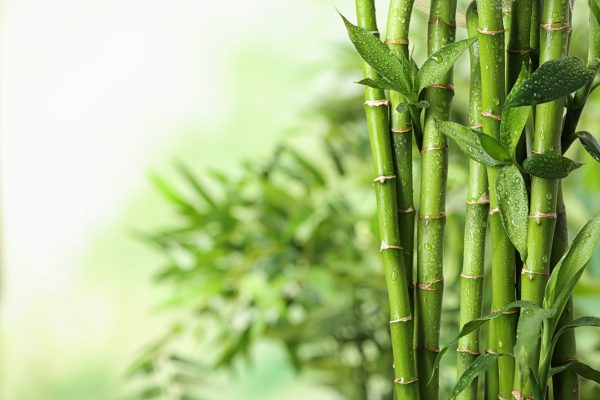
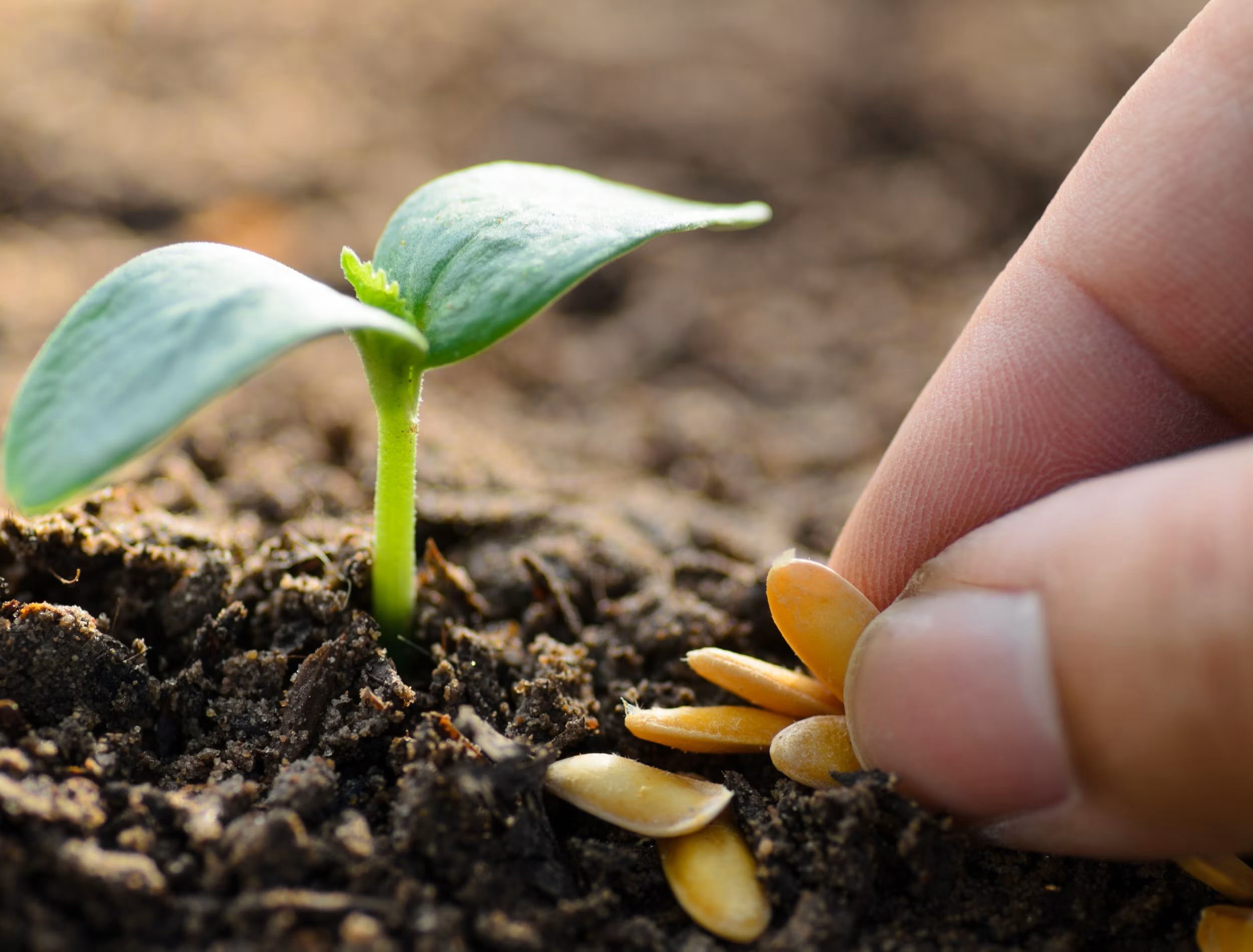
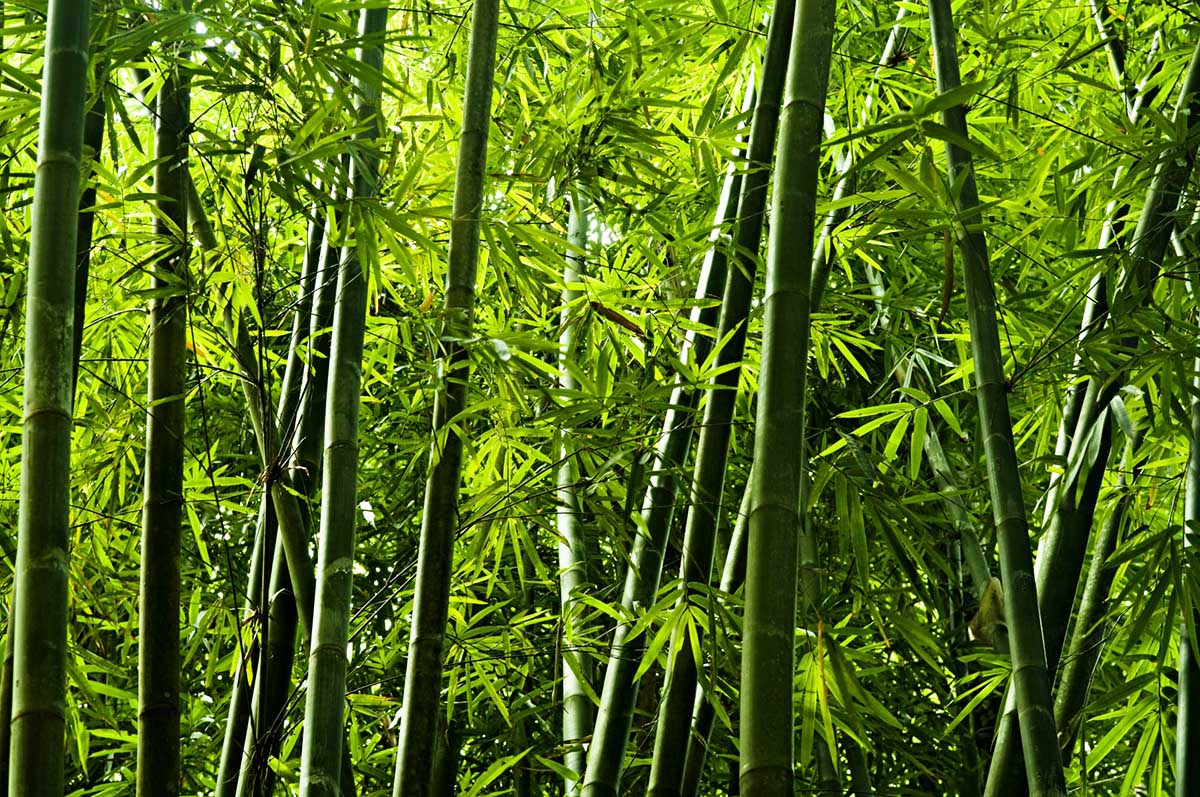
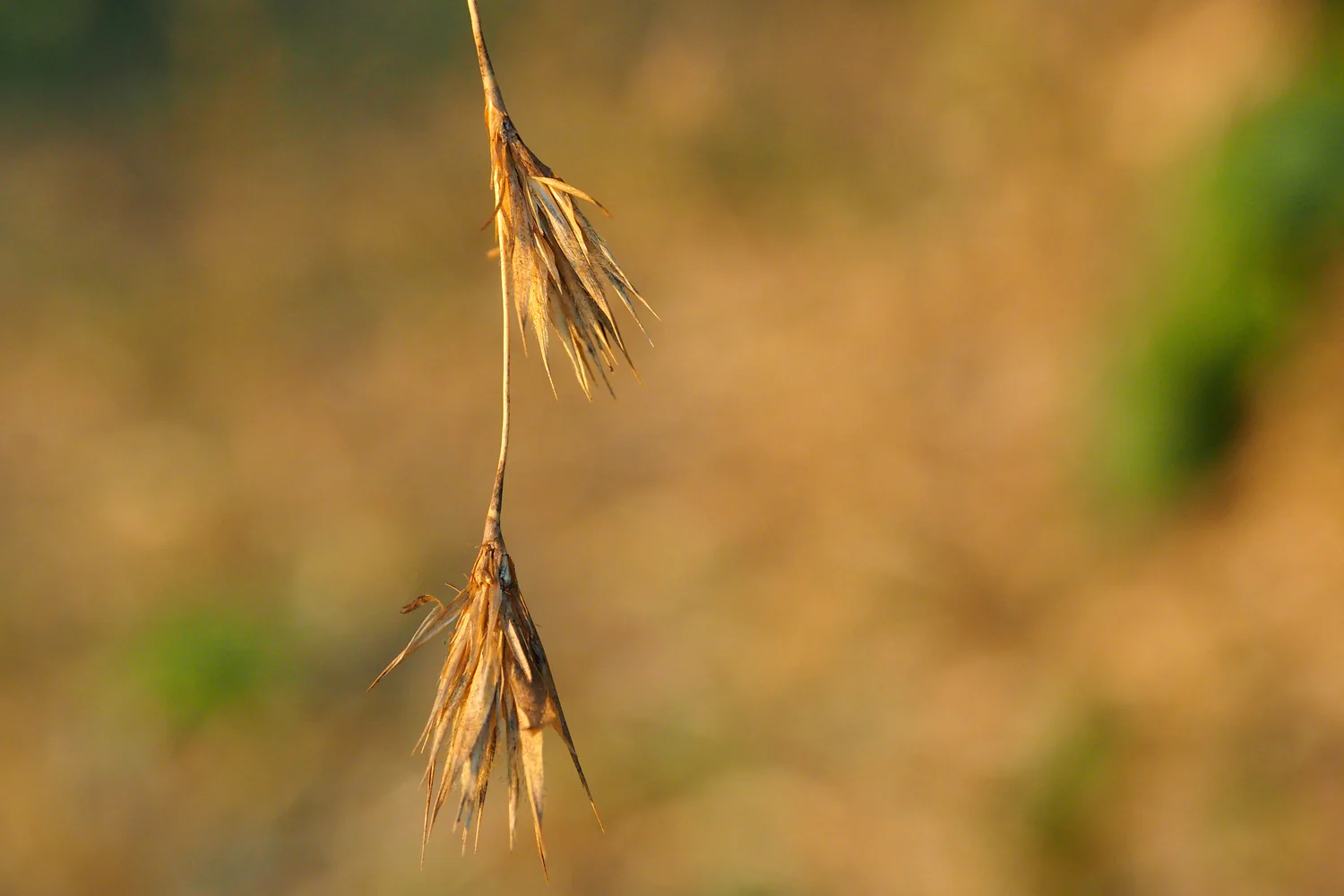
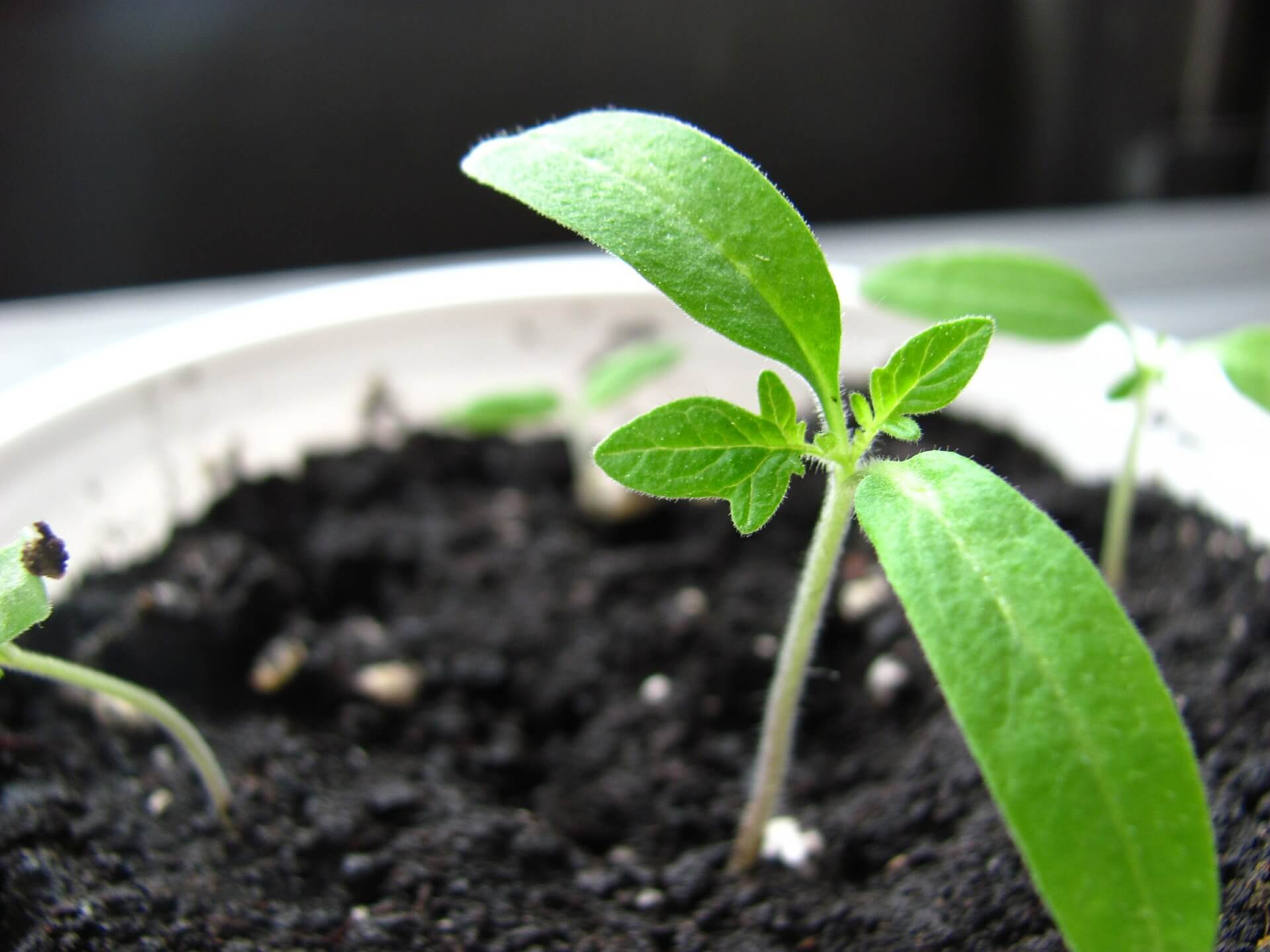
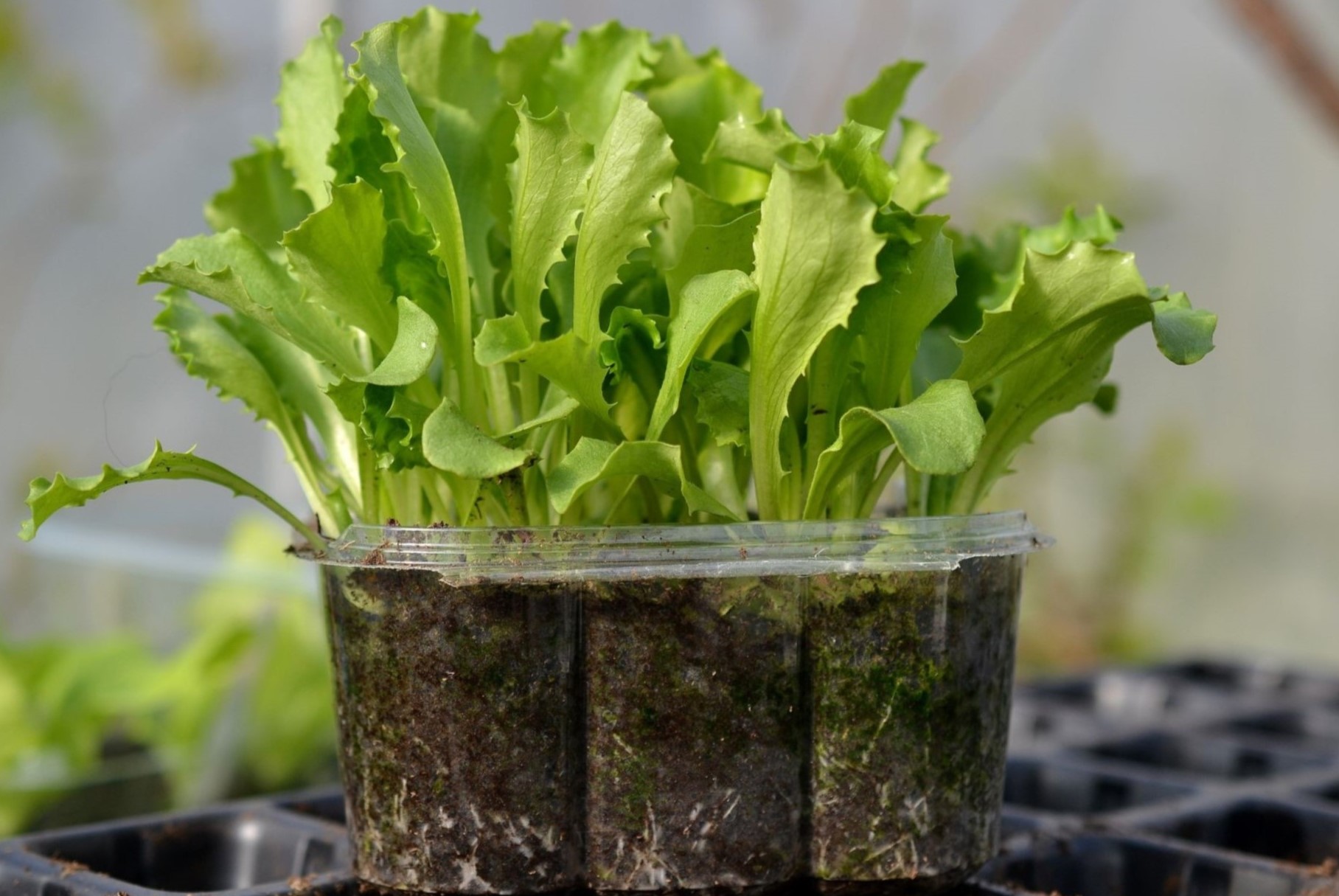
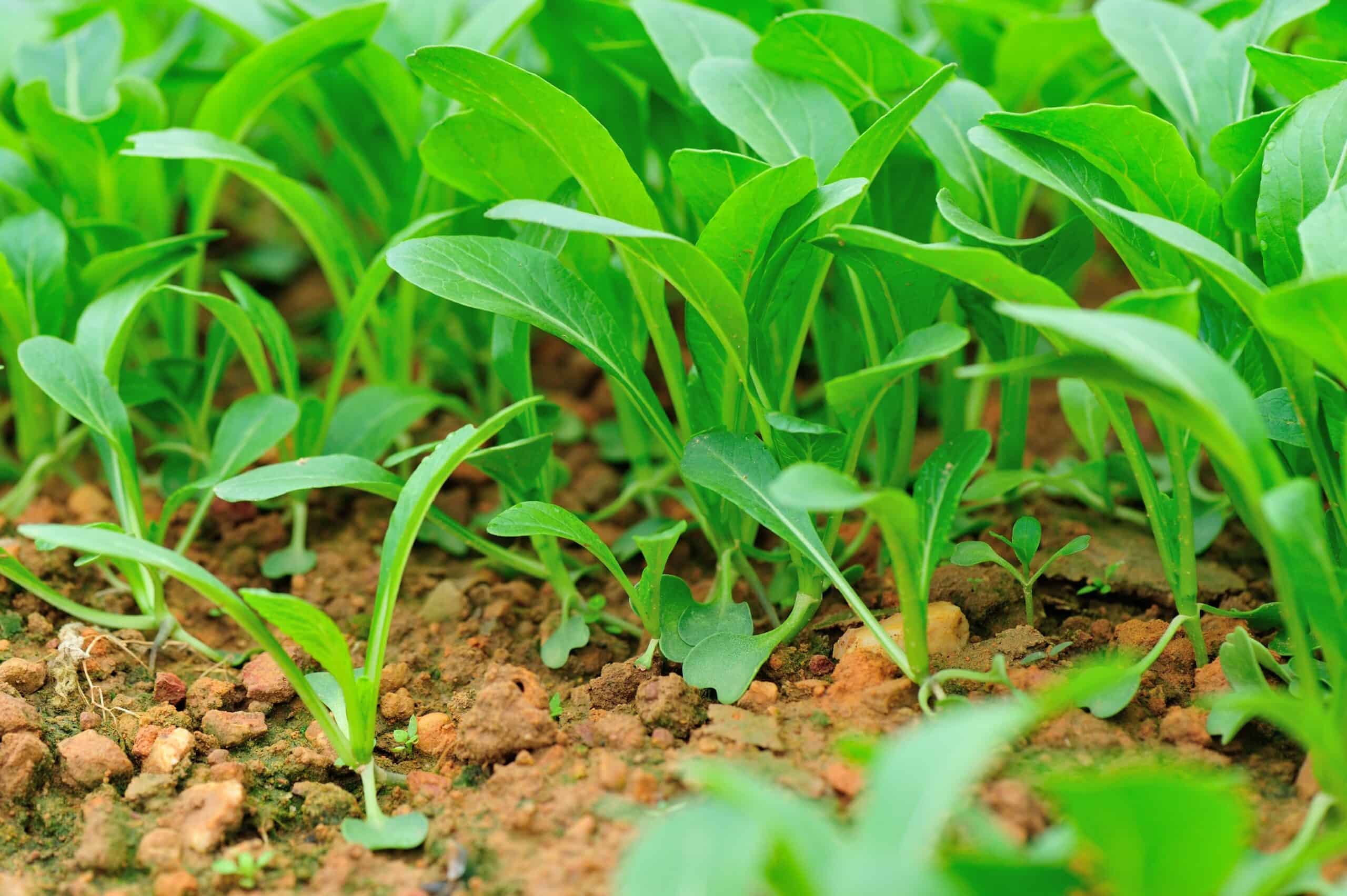
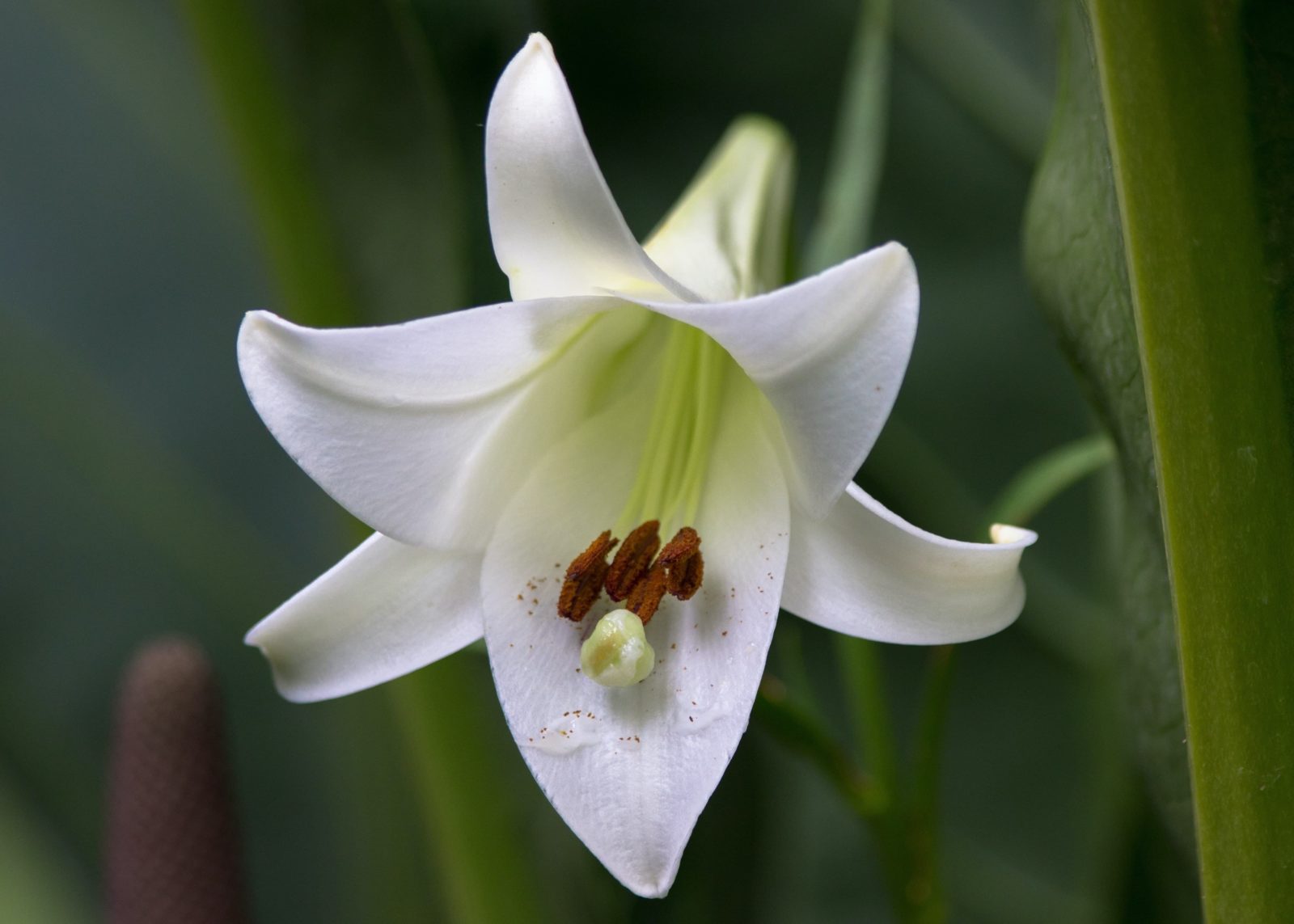
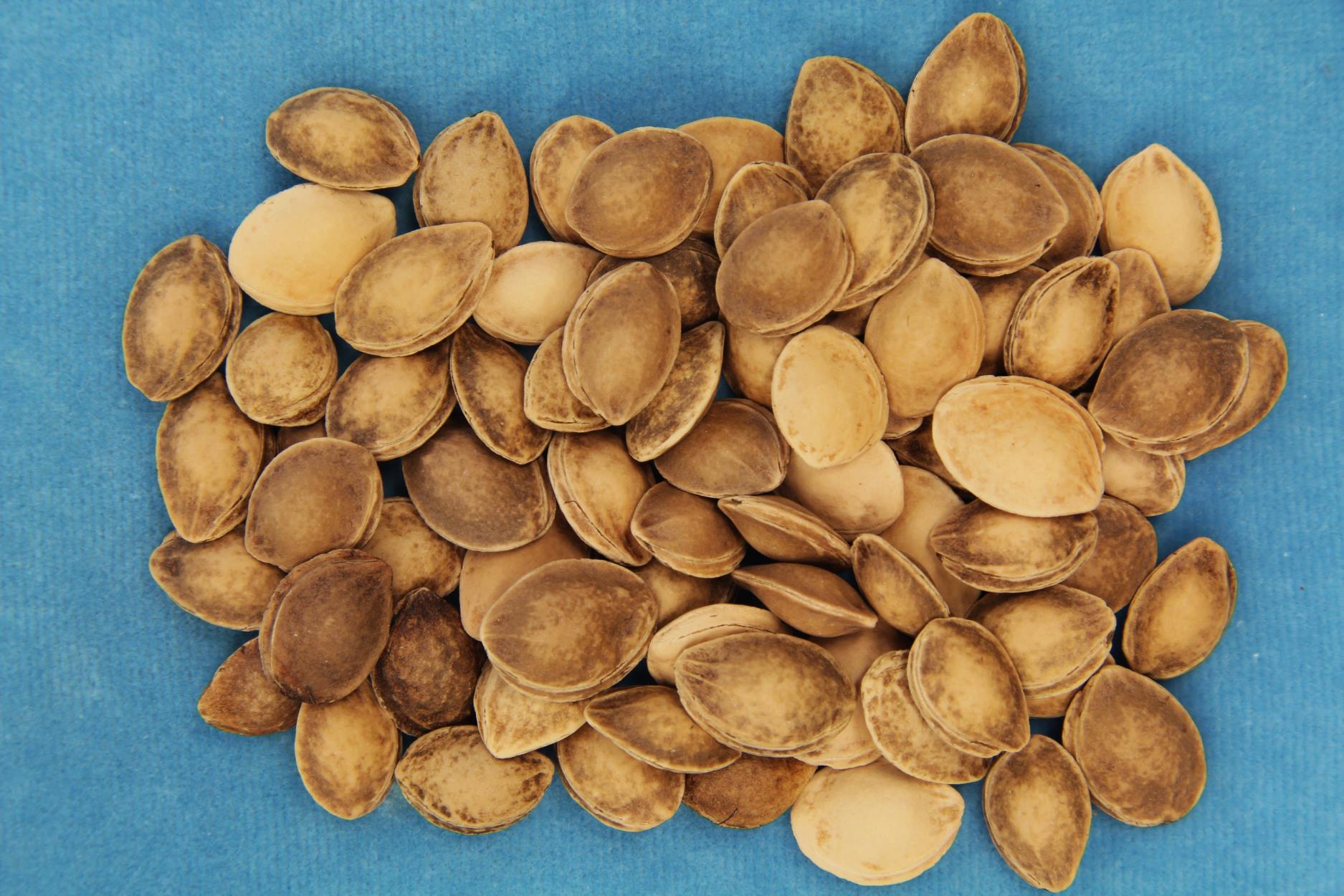
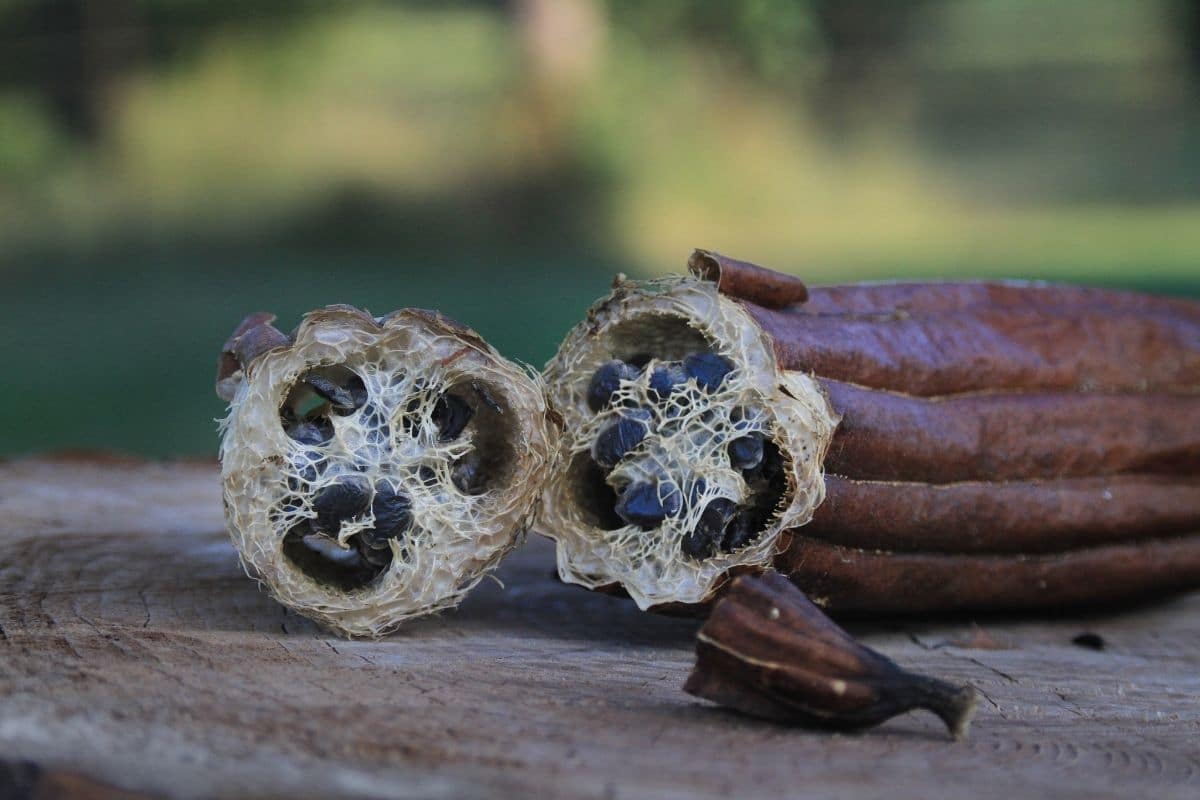
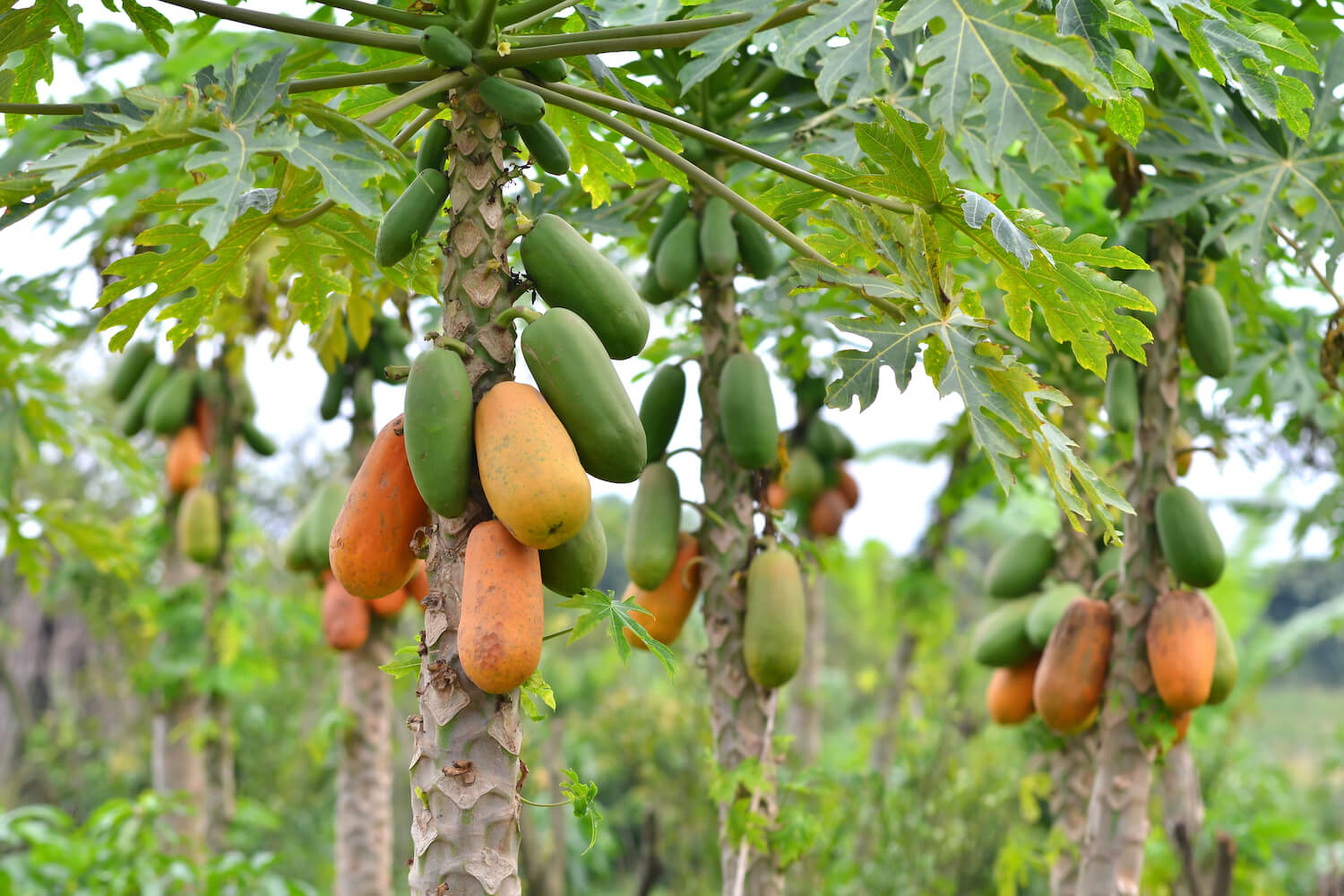
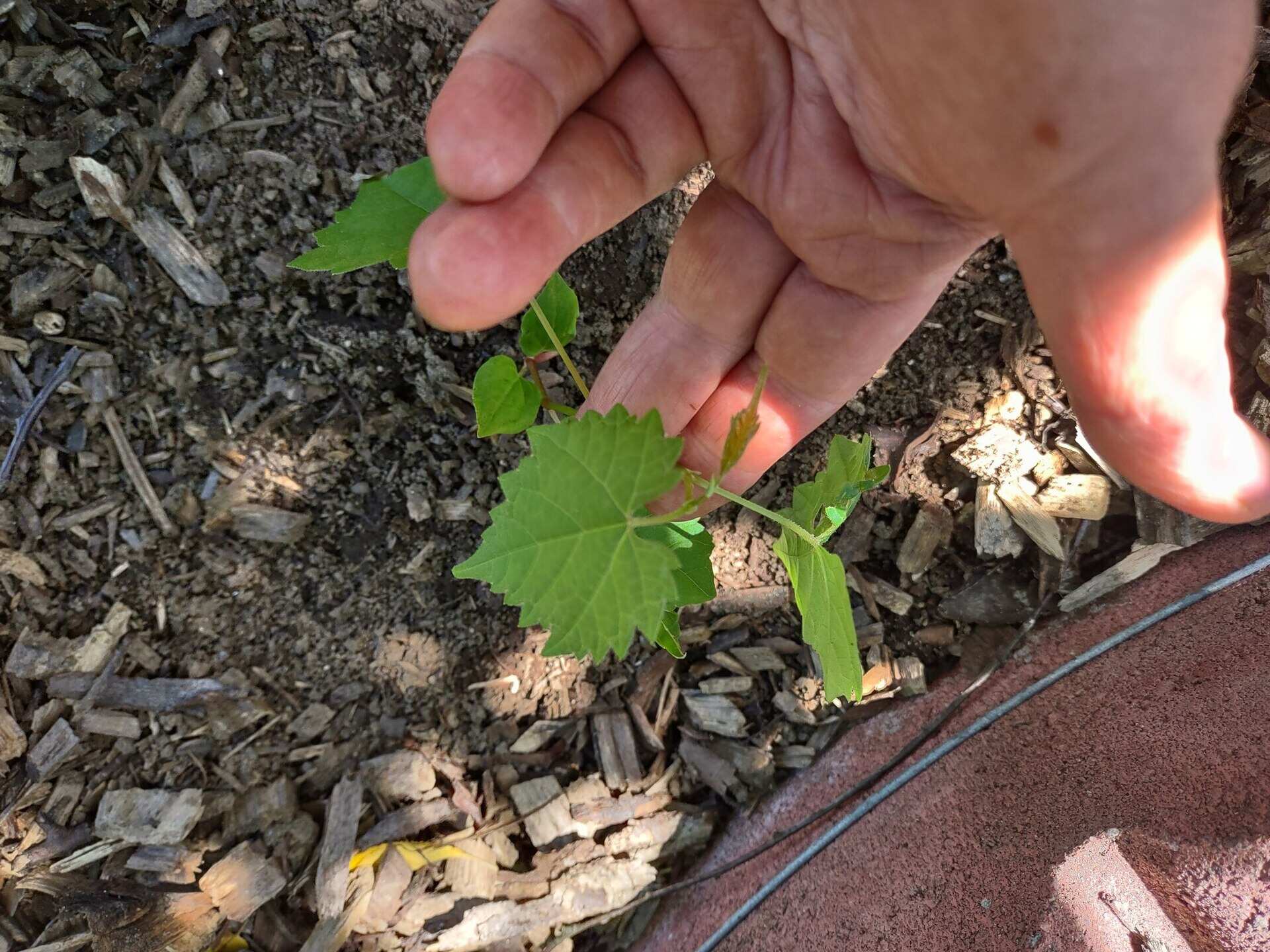
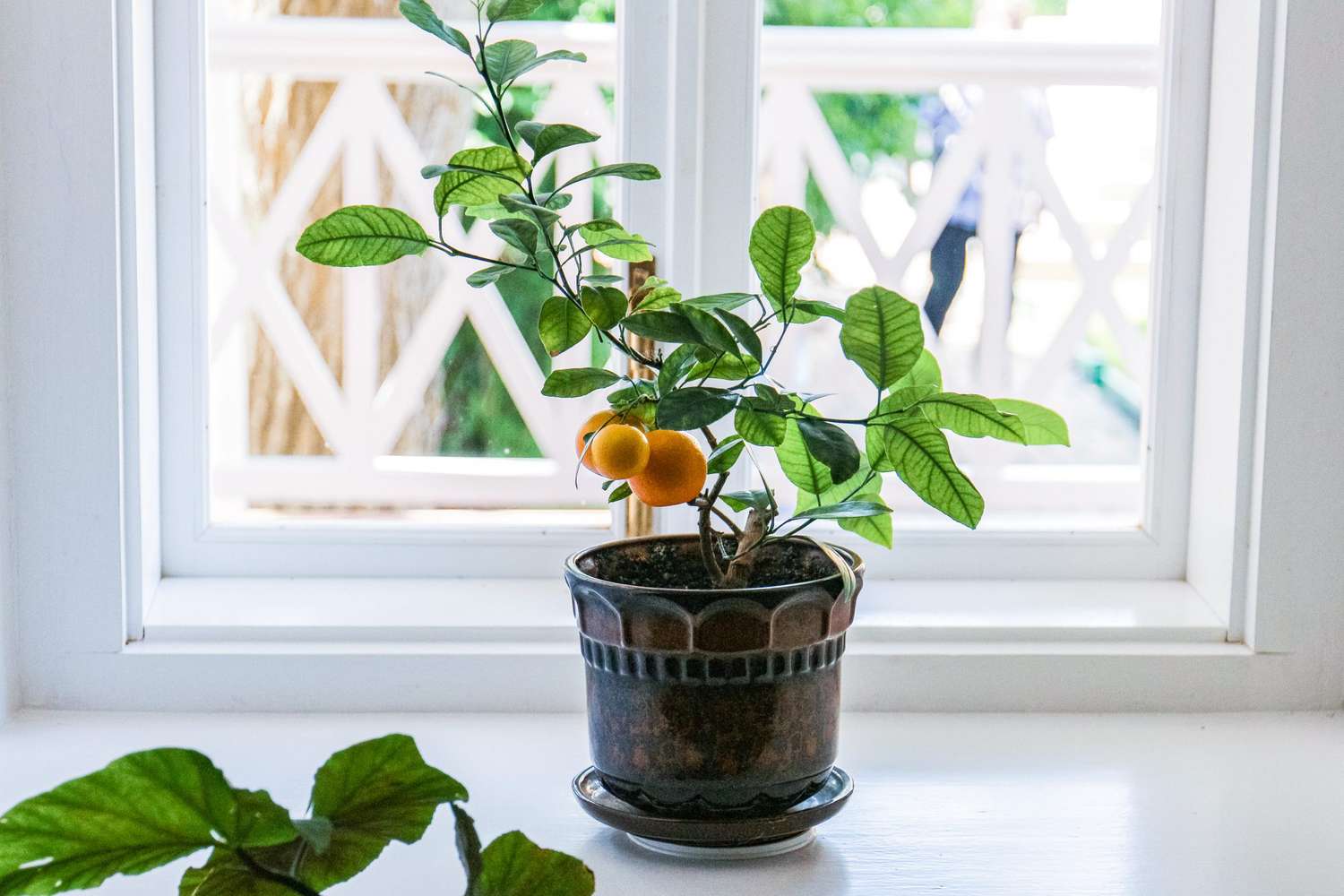
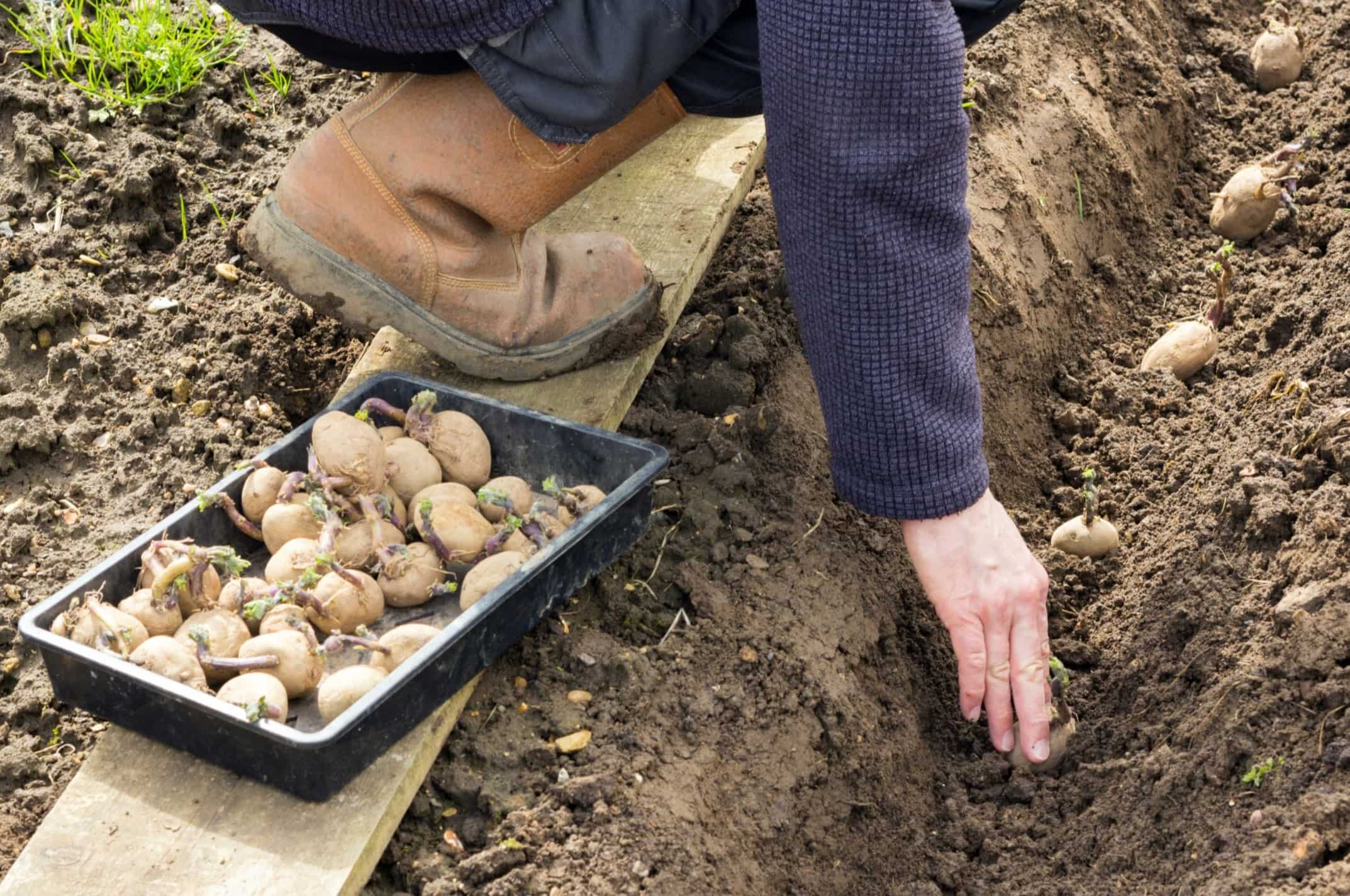

0 thoughts on “How To Grow Bamboo Seeds”